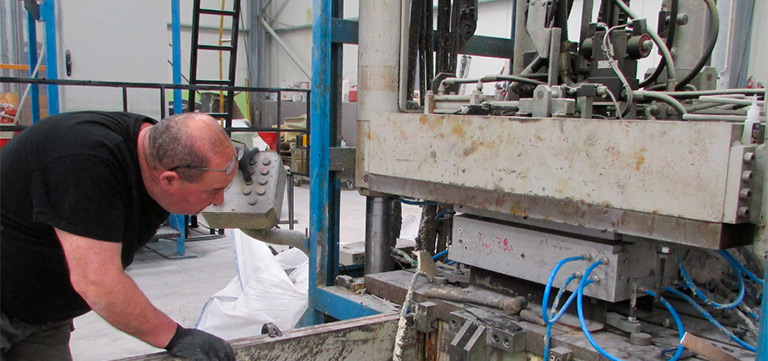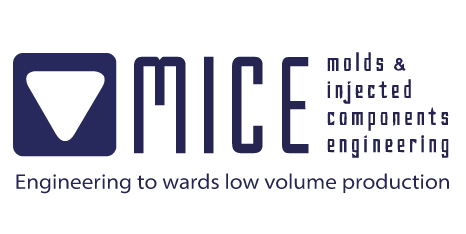
When compared with other processes, it is noticed that the reaction injection molding process brings many benefits to the customers.
Low tooling costs, short lead times, lightweight parts, with improved design finishes, parts resistance, are some of the advantages that make this process the choice of many manufacturers.
Thus, this type of molding is usually more economical for the production of some parts.
- RIM PROCESS VS INJECTION MOLDING
| KIDNEY PROCESS | INJECTION MOLDING |
| Large and light parts | Small to medium size pieces |
| Varying wall thickness without sink | Requires uniform wall thickness |
| deep attraction | limited draw |
| Can combine multiple designed parts into one part within a single mold | Several medium-sized pieces often require multiple molds |
| Low to moderate tooling – machined aluminum | High cost tools – steel |
| short lead time | long lead time |
| Tools can be used for prototypes and easily modified for production parts | Prototypes require different tooling modifications and tools are expensive |
| Material Flexibility – Elastomers, Solid RIM, Structural Foam, Flexible Foam, DCPD, etc. | Limited material options |
| Encapsulation of component materials, including metals, electronics, plastics, valves, circuits, etc. | limited encapsulation |
| Low to high volume production | Moderate to high production volume |
| tight tolerances | tight tolerances |
Tab 1 – RIM Process vs Injection Molding
- RIM PROCESS VS THERMOFORMING & VACUUM
| KIDNEY PROCESS | THERMOFORMING & VACUUM |
| Complex geometry and different parts | Simple part design and geometry |
| Deep design with structural integrity | Design limited structural features and requires post-molding structural features |
| Varying wall thickness throughout | Requires uniform wall thickness |
| Structural integrity molded in parts | Rib post molding glue |
| Molded attachment points | Glued fixing points |
| tight tolerances | Low to moderate cost tools |
| Low and moderate tools | Limited material flexibility |
| Low to moderate production | No encapsulation capability |
| Material Flexibility – Elastomers, Solid RIM, Structural Foam, Flexible Foam, DCPD | |
| Encapsulation of component materials, including metals, electronics, plastics, valves, circuits, etc. |
Tab 2 – RIM Process vs Thermoforming & Vacuum
- RIM PROCESS VS CAST MOLDING
| KIDNEY PROCESS | CAST MOLDING |
| Attractive pieces out of the mold | Out-of-the-mold part design inconsistency |
| Prototype tools can be used for production parts | Prototype and production tools are different |
| Tight consistent part tolerances | Parts tolerance varies from part to part |
| Workable wall thickness without sink | Variable wall thickness usually includes sink |
| Tooling lasts the lifetime of the project | Short lead time in tooling |
| Short lead time on tool |
Tab 3 – RIM Process vs Cast Molding
- RIM PROCESS VS SHEET METAL
| KIDNEY PROCESS | SHEET METAL |
| Tremendous design flexibility | Limited design flexibility |
| Large and light parts | Parts are heavy |
| Structurally strong and durable | post painting required |
| Color molding a painting in mold | high part cost |
| Variable wall thickness within the same part | Varying wall thickness requires welding of several parts |
| affordable part cost | Several parts require labor and assembly costs |
| Able to combine multiple parts into one integrated part | Structurally stronger parts |
| Provide sound and vibration isolation | Parts prices are less stable due to the commodity market |
| Corrosion and rust resistance | |
| Part cost is more stable |
Tab 4 – RIM Process vs Sheet Metal
- RIM PROCESS VS FOUNDRY
| KIDNEY PROCESS | FOUNDRY |
| Less weight | low tool cost |
| Greater tolerances | Less lead time |
| Greater design freedom | |
| No fragile parts | |
| Liquid form without machining | |
| Corrosion resistance |

